+86-15889090408
[email protected]
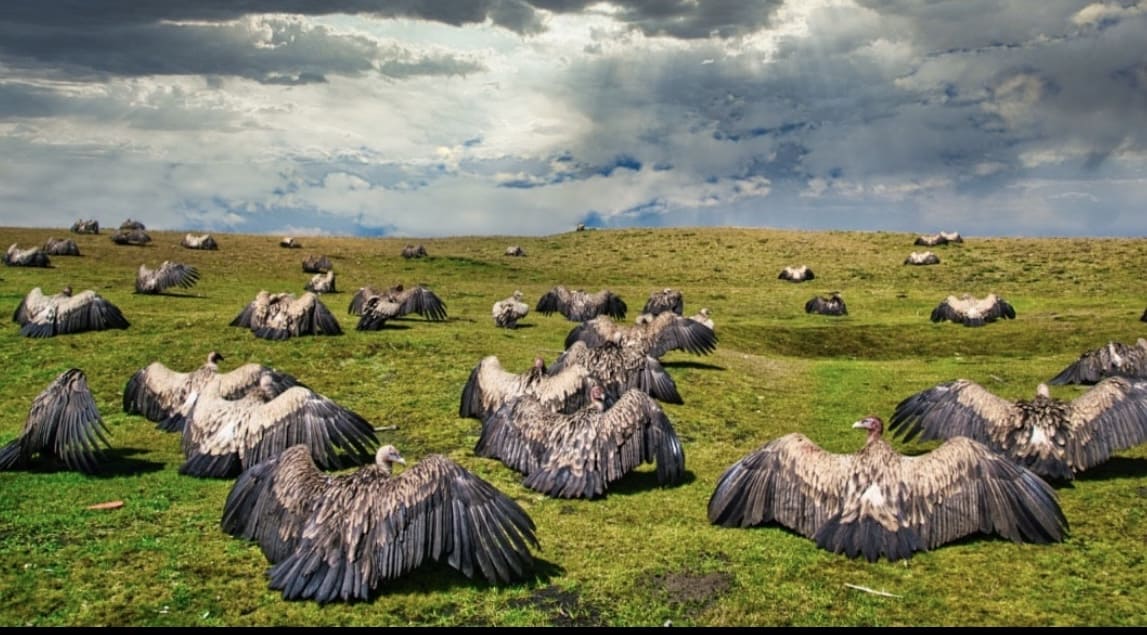
Tibet is a unique and culturally rich region, located in China’s southwestern region, it is known for its vastness and remote regions. Tibet has a long and complex history that dates back more than 13 centuries, and its people have developed their own religion, language, and traditions.
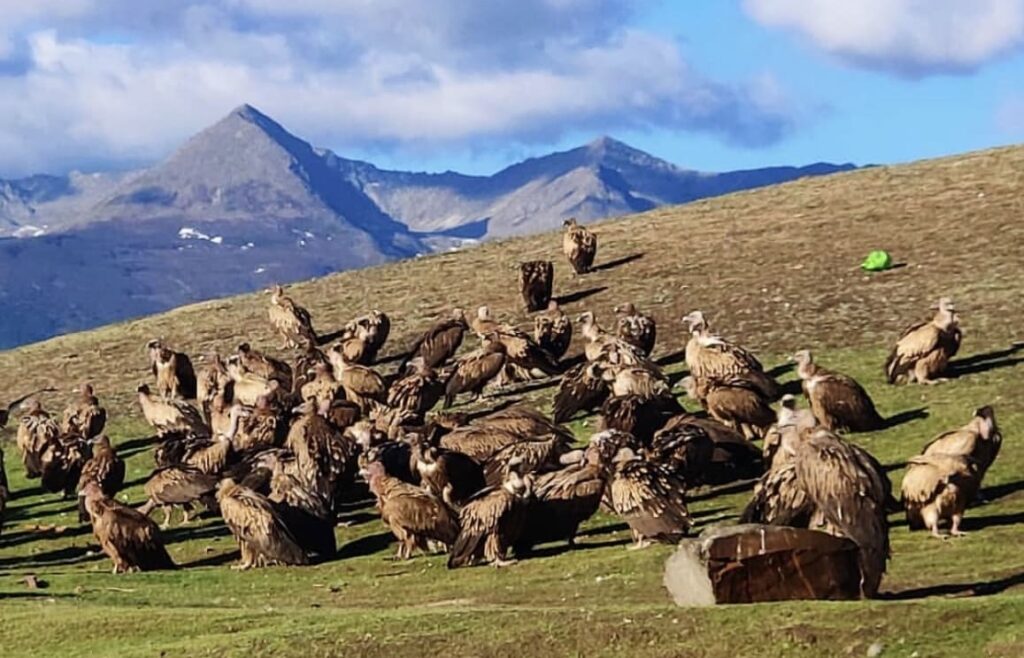
One of these traditions includes the sky burial ritual, which has remained a topic of interest and fascination, as well as a subject of controversy. We will discuss the background information of Tibet and its culture, the history and origins of the sky burial ritual, the preparation of the ritual, and its significance. We will also explore the controversy surrounding the ritual and the response of the Tibetan community.
The history of Tibet is closely related to the evolution and development of its unique religious beliefs and practices. The sky burial ritual is one of the most distinctive of these practices. It is believed to have originated in the 11th century B.C., during the advent of Buddhism, where it was integrated into the ‘Vajrayana’ tradition. According to tradition, the practice of sky burial was introduced by ‘Guru Rinpoche,’ a revered Buddhist master who meditated in caves and introduced Buddhism to Tibet.
The sky burial ritual in Tibet is a unique funerary practice that often takes foreigners by surprise. After all, the idea of offering human remains to vultures may sound unusual and even shocking to many people. Nevertheless, this ancient tradition has a long historical and spiritual significance for Tibetans.
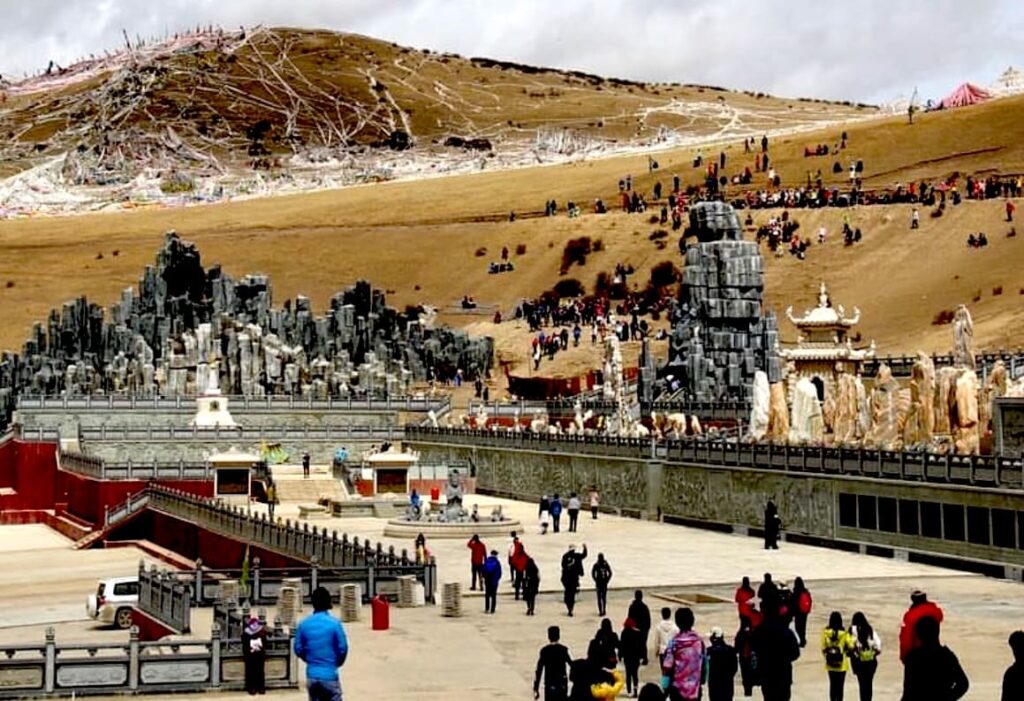
The sky burial ritual is considered one of the most sacred rituals for the Tibetans. The preparation of the ceremony requires close attention to detail and proper care for the body. The lama, or the spiritual leader, plays a vital role in the preparation of the body and the selection of the burial site. The family of the deceased, supported by friends and relatives, is also involved in the preparation, such as wrapping the body in a white shroud and placing it on a table for the lama to conduct his ritual prayers.
The sky burial ritual is an outdoor ceremony that takes place on a hilltop or mountaintop. The ceremony is significant for its connection with nature, as it involves the scattering of the deceased’s remains to the sky to be consumed by scavengers, mainly vultures, who are considered holy and conduct the role of transporting the dead person’s soul to the afterlife. The ritual also involves the recitation of prayers aimed at facilitating the journey of the soul of the deceased.
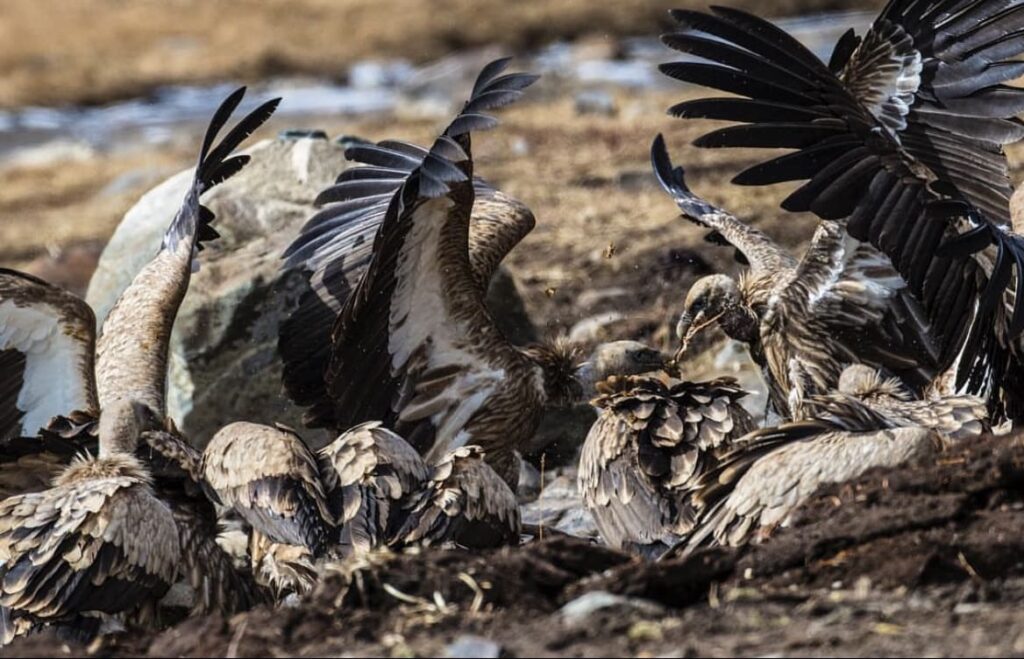
For the Tibetans, the sky burial ritual is considered a final rite of passage, the ultimate act of generosity, and the embodiment of compassion. The ritual represents the cyclical process of life and death, emphasizing the transience and impermanence of life. The ceremony also reflects respect for the environment and its ecosystems, where the vultures play a significant role in maintaining the natural balance of life and death.
For Tibetans, the sky burial ritual symbolizes the ultimate act of compassion. By feeding the vultures, practitioners help the soul of the deceased to move on to the next life. The vultures are viewed as sacred birds that offer a unique service to the human soul.
The sky burial ritual has become an integral part of Tibetan culture. It is a way for Tibetans to honor their dead and show respect for all living beings. The ceremony is usually performed in remote places with stunning natural views, such as mountain peaks or river banks.
If you are interested in witnessing the sky burial ritual, you can go to certain places in Tibet where it is still practiced. One of the most well-known places is Drigung Monastery, which is located about 85 km northeast of Lhasa. Other places include Sera and Drepung Monasteries, among others.
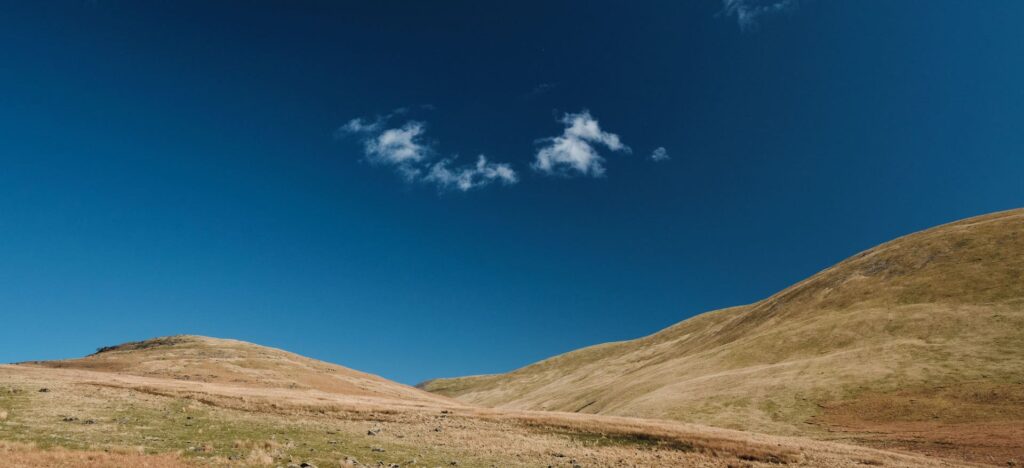
If you attend a sky burial ceremony, remember to behave respectfully and be mindful of the local customs. The ceremony often takes place early in the morning, with the chanting of Buddhist texts and the burning of juniper incense. After the body is prepared, it is laid out on a raised platform for the vultures to find. The whole ceremony lasts approximately three hours.
Some of the unique aspects of the sky burial ceremony include the vivid colors of the monks’ robes and the awe-inspiring sight of the circling vultures. As the vultures begin to descend, the atmosphere becomes charged with anticipation and reverence.
The sky burial ritual has garnered mixed responses, with some viewing it as a barbaric and inhumane practice, while others see it as a cultural and religious practice that should be respected. The controversy has sparked debates on cultural relativism and respect for cultural diversity. Many Tibetans have stood up against those views and have defended their tradition and religious beliefs.
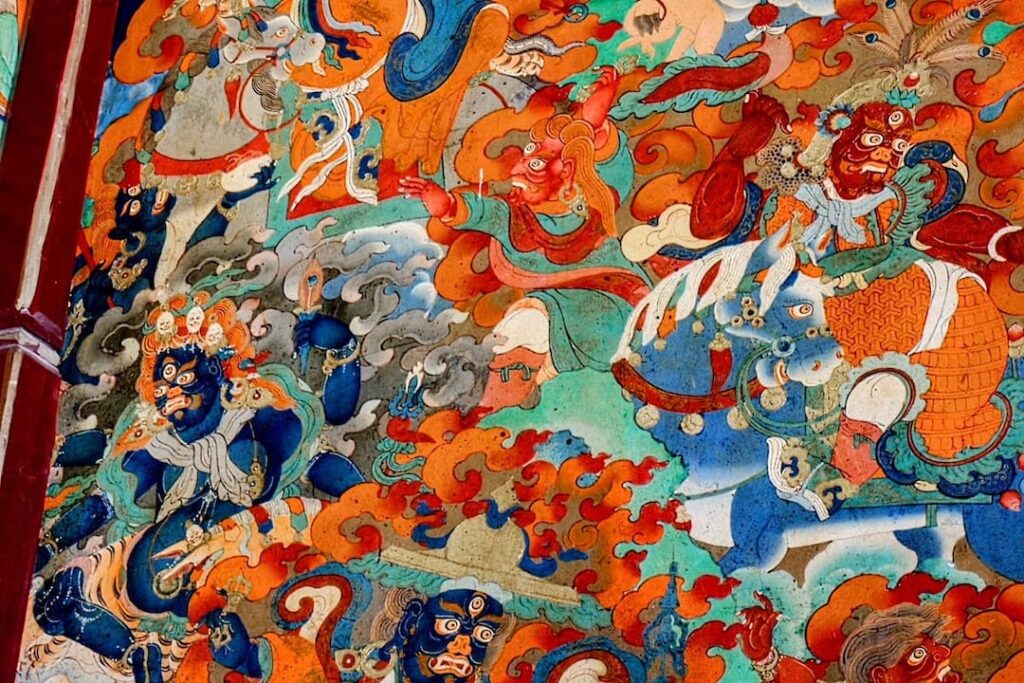
As with any cultural practice, it is essential to approach the sky burial ritual with respect and humility. Tourists should be mindful of the local customs and seek permission before observing or photographing the ceremony. It is also important to consider the potential impact of tourism on the environment and local communities.
The sky burial ritual is regarded as one of the most unique and culturally fascinating traditions in Tibet. It is a ritual that many Tibetans hold dear to their culture, as it provides a sense of identity, spirituality, and connection to nature.

While it may seem unconventional to those outside the culture, it is a time-honored tradition that has survived for hundreds of years. The controversy surrounding the ritual is a reminder of the importance of respecting different cultures, traditions, and beliefs, and to approach them with an open mind and an understanding of their significance to their people.